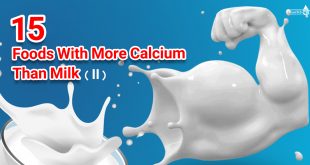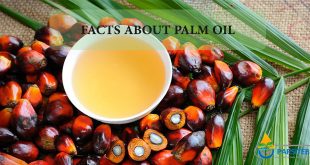What other medications are used for treating migraine headaches?
Narcotics and butalbital-containing medications sometimes are used to treat migraine headaches; however, these medications are potentially addicting and are not used as initial treatment. They are sometimes used for individuals whose headaches fail to respond to OTC medications but who are not candidates for triptans either due to pregnancy or the risk of heart attack and stroke.
In migraine sufferers with severe nausea, a combination of a triptan and an antinausea medication, for example, prochlorperazine (Compazine) or metoclopramide (Reglan) may be used. When nausea is severe enough that oral medications are impractical, intravenous medications such as DHE-45 (dihydroergotamine), prochlorperazine (Compazine), and valproate (Depacon) are useful.
How are migraine headaches prevented?
There are two ways to prevent migraine headaches: 1) by avoiding factors (“triggers”) that cause the headaches, and 2) by preventing headaches with medications (prophylactic medications). Neither of these preventive strategies is 100% effective. The best one can hope for is to reduce the frequency of headaches.
What are migraine triggers?
A migraine trigger is any environmental or physiological factor that leads to a headache in individuals who are prone to develop headaches. Only a small proportion of migraine sufferers, however, clearly can identify triggers. Examples of triggers include:
•stress,
•sleep disturbances,
•fasting,
•hormones,
•bright or flickering lights,
•odors,
•cigarette smoke,
•alcohol,
•aged cheeses,
•chocolate,
•monosodium glutamate,
•nitrites,
•aspartame, and
•caffeine.
For some women, the decline in the blood level of estrogen during the onset of menstruation is a trigger for migraine headaches (sometimes referred to as menstrual migraines).
The interval between exposure to a trigger and the onset of headache varies from hours to two days. Exposure to a trigger does not always lead to a headache. Conversely, avoidance of triggers cannot completely prevent headaches. Different migraine sufferers respond to different triggers, and any one trigger will not induce a headache in every person who has migraine headaches.
Sleep and migraine
Disturbances such as sleep deprivation, too much sleep, poor quality of sleep, and frequent awakening at night are associated with both migraine and tension headaches, whereas improved sleep habits have been shown to reduce the frequency of migraine headaches. Sleep also has been reported to shorten the duration of migraine headaches.
Fasting and migraine
Fasting possibly may precipitate migraine headaches by causing the release of stress-related hormones and lowering blood sugar. Therefore, migraine sufferers should avoid prolonged fasting.
Bright lights and migraine
Bright lights and other high intensity visual stimuli can cause headaches in healthy subjects as well as patients with migraine headaches, but migraine people who suffer from migraines seem to have a lower than normal threshold for light-induced headache pain. Sunlight, television, and flashing lights all have been reported to precipitate migraine headaches.
Caffeine and migraine
Caffeine is contained in many food products (cola, tea, chocolates, coffee) and OTC analgesics. Caffeine in low doses can increase alertness and energy, but caffeine in high doses can cause insomnia, irritability, anxiety, and headaches. The over-use of caffeine-containing analgesics causes rebound headaches. Furthermore, individuals who consume high levels of caffeine regularly are more prone to develop withdrawal headaches when caffeine is stopped abruptly.
Chocolate, wine, tyramine, MSG, nitrites, aspartame and migraine
Chocolate has been reported to cause migraine headaches, but scientific studies have not consistently demonstrated an association between chocolate consumption and headaches. Red wine has been shown to cause migraine headaches in some migraine sufferers, but it is not clear whether white wine also will cause migraine headaches.
Tyramine (a chemical found in cheese, wine, beer, dry sausage, and sauerkraut) can precipitate migraine headaches, but there is no evidence that consuming a low-tyramine diet can reduce migraine frequency.
Monosodium glutamate (MSG) has been reported to cause headaches, facial flushing, sweating, and palpitations when consumed in high doses on an empty stomach. This phenomenon has been called Chinese restaurant syndrome.
Nitrates and nitrites (chemicals found in hot dogs, ham, frankfurters, bacon and sausages) have been reported to cause migraine headaches.
Aspartame, a sugar-substitute sweetener found in diet drinks and snacks, has been reported to trigger headaches when used in high doses for prolonged periods.
Female hormones and migraine
Some women who suffer from migraine headaches experience more headaches around the time of their menstrual periods. Other women experience migraine headaches only during the menstrual period. The term “menstrual migraine” is used mainly to describe migraines that occur in women who have almost all of their headaches from two days before to one day after their menstrual periods. Declining levels of estrogen at the onset of menses is likely to be the cause of menstrual migraines. Decreasing levels of estrogen also may be the cause of migraine headaches that develop among users of birth control pills during the week that estrogens are not taken.
 Parsi Teb Physical and Mental Health Journal
Parsi Teb Physical and Mental Health Journal 



